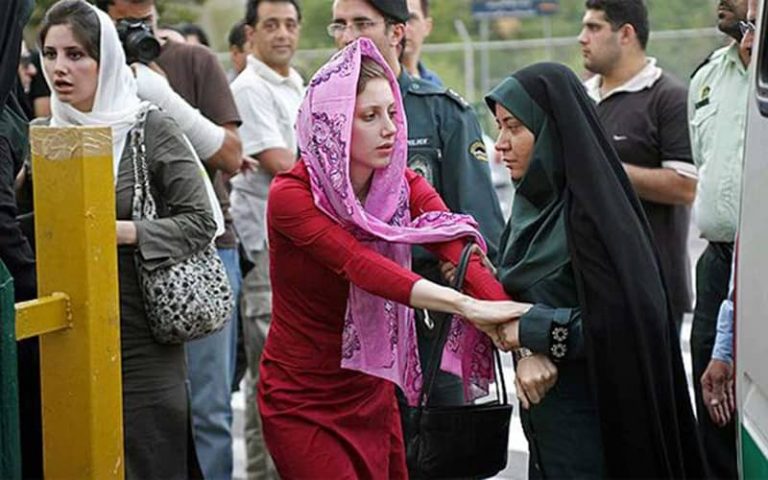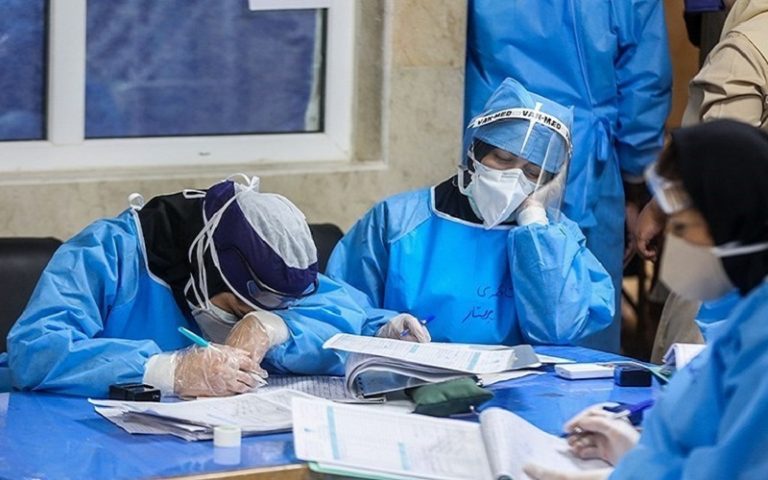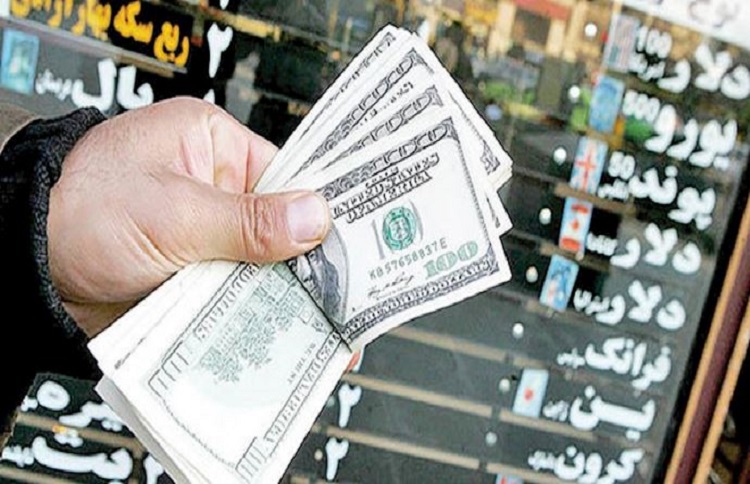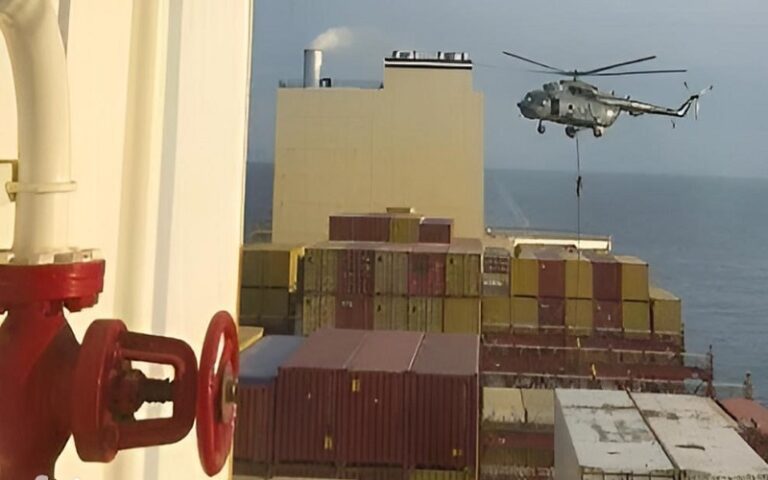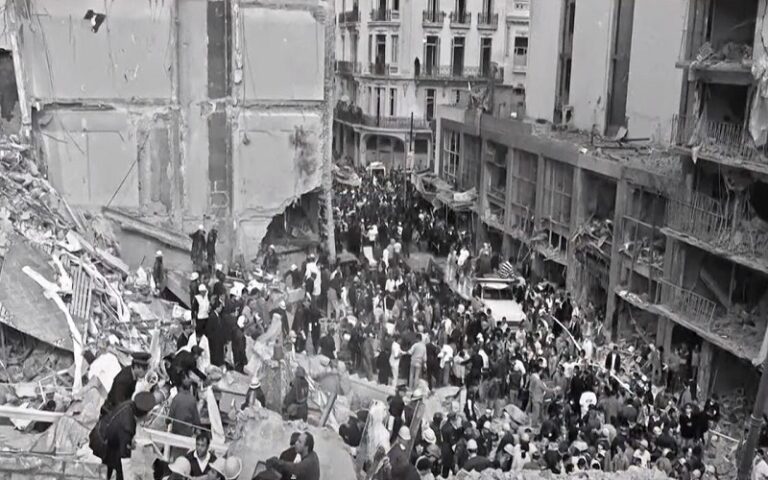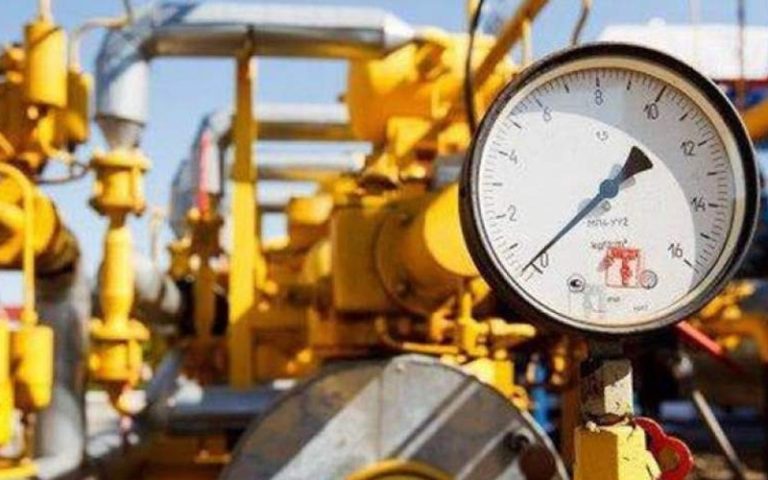These days streets and alleys of Iran are witnessing the harassment and persecution of women by police patrols under the pretext of hijab. TheState Security Forces (SSF) arrest and disrespect Iranian women, and in some cases, violently apprehend them for not wearing hijab.
Reports indicate violent encounters by the government to detain women under the pretext of improper hijab in Iranian cities. During arrests, SSF use many plain clothes agents to prevent people from rescuing women.
Furthermore, SSF troops take women into police vans, and expose them to sexual insults, violence, assault, and harassment.
When the regime’s supreme leader, Ali Khamenei, appointed Ebrahim Raisi as president in March 2021, he had a specific goal in mind: the survival of the regime through contraction in foreign policy and increased internal suppression. Khamenei chose Raisi, who has been involved in all the crimes of this regime, including the mass execution of political prisoners in 1988, as the best option to advance this policy.
The Iranian regime faced a nationwide uprising by the people in 2022, where women and girls played a leading role in organizing and directing scenes.
The protests began with the death of 22-year-old Mahsa Amini. The regime’s morality police arrested her on September 13, 2022, for allegedly improperly wearing a hijab, the mandatory head covering imposed upon Iran’s women. Two hours after her arrest, she was taken to a hospital where, three days later, she succumbed to skull injuries that had been sustained during her detention.
Khamenei and the Revolutionary Guards are not particularly concerned about the end of the 2022 uprising; they are more concerned about how to return the situation to its previous balance to distance themselves from the uprising.
Launching the war in Gaza was part of this survival strategy for Khamenei. However, in practice, we saw the equation reversed, and he found himself trapped. Therefore, Khamenei sees no solution other than expanding the scope of suppression once again.
Women and girls in Iran play a leading role in the struggle against the regime because they are disproportionately subjected to religious dictatorship and intimidation.
A religious dictatorship thrives only by creating fear and terror.
Khamenei recently issued orders to suppress, under the pretext of combating “religious deviation,” to a force called “Enjoining Good and Forbidding Evil.” Following that, the Tehran Police Command announced that “the hijab and chastity plan will be pursued more vigorously in all public streets and places.”
The Revolutionary Guards Corps (IRGC) and police forces have been stationed in various squares of Tehran and other cities since April 13 to implement the plan and arrest women under the pretext of improper hijab.
Simultaneously with the squares of the cities, they intensified the suppression in universities.
Khamenei’s resort to violence is a response to his failure in the Gaza war and his defeat in the staged elections to curb society’s demands. Therefore, the issue is not “hijab and chastity” as claimed by the government, but rather the resistance and liberation of Iranian women.
Across the globe, everyone now knows that the snake’s head is in Tehran. This will help strengthen the uprising and the people’s movement in Iran. That’s why Khamenei is trying to cover his international and regional failures by intensifying internal suppression.
The freedom of women depends solely on comprehensive resistance and struggle, and Iranian women must stand up against this suppression and not allow the ruling regime in Iran to achieve its intention of prolonging its lifespan.


